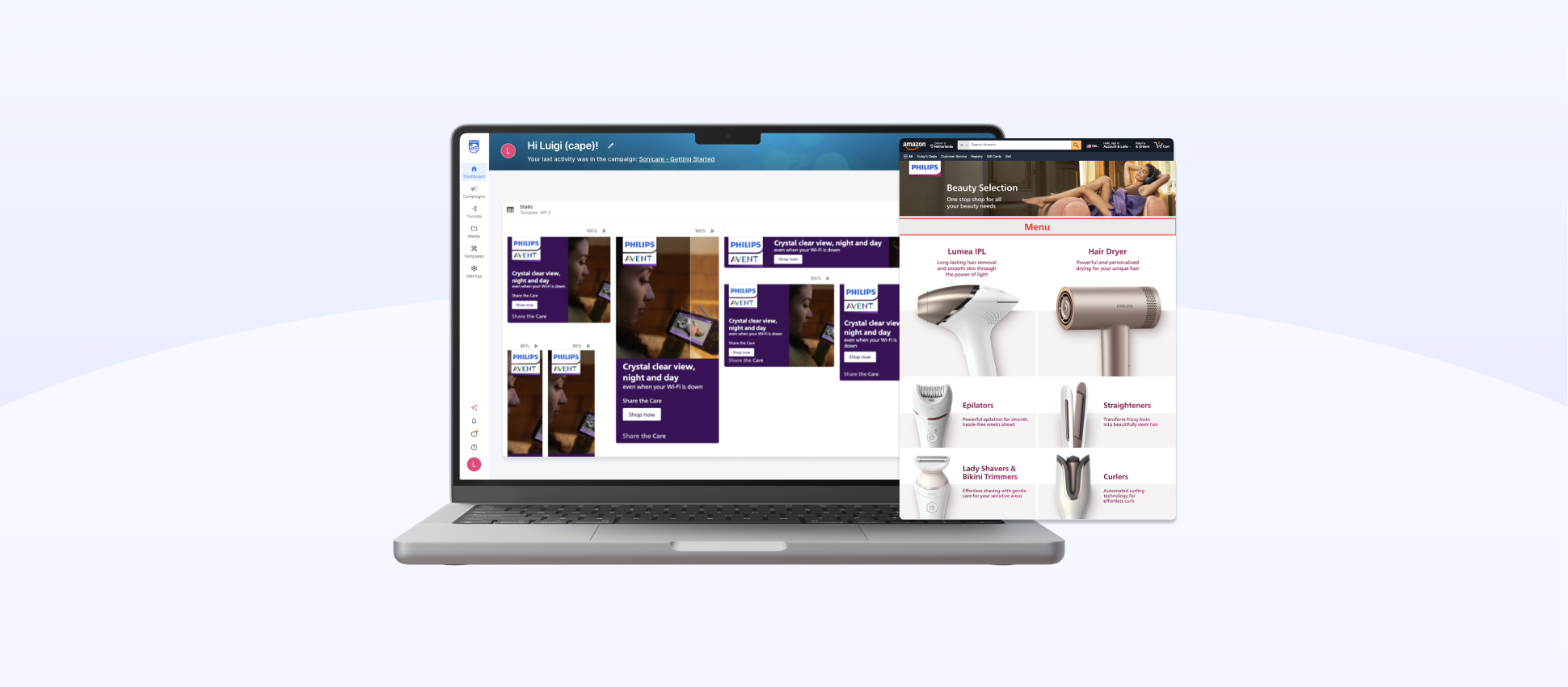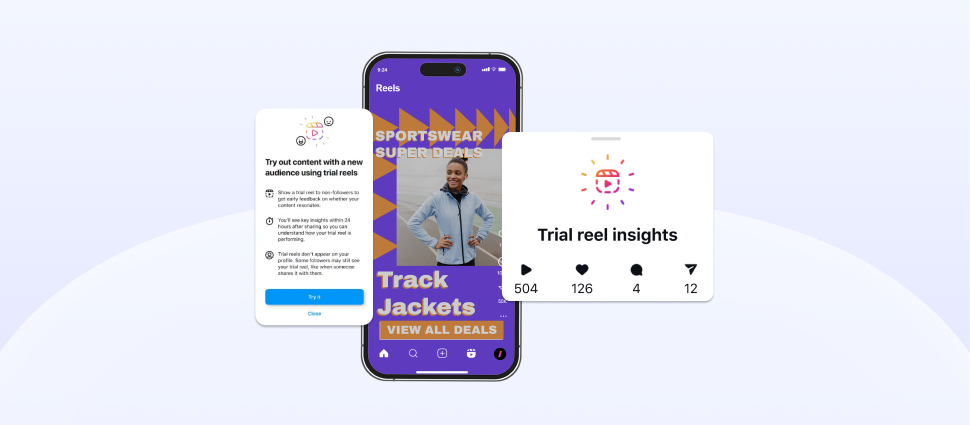

In the modern workplace, collaboration is key. According to Accenture, companies with cross-functional teams experience significant benefits: up to 4% more revenue growth, 1.6 times higher customer lifetime value, 1.4 times greater achievement of targets, and a 1.8 times faster speed to market. Despite this, many companies fail to tap into the expertise of their different teams, even when they share a workspace. It's time to prioritise cross-functional team collaboration.
Cross-functional collaboration
In cross-functional collaboration, teams actively collaborate, brainstorm ideas over coffee, share insights, and work together seamlessly toward a common goal. This form of smart team collaboration is becoming a reality for many forward-thinking companies. Instead of isolating teams based on specific functions or departments, different teams work closely together to achieve common goals.
Benefits of Cross-Functional collaboration
According to research published by Deloitte, cross-functional teams have proven to be highly effective. They offer a wide range of benefits that contribute to organisational success, namely:
Increase adaptability, innovation, and responsiveness
Enhance access to resources, such as different perspectives, broader skill sets, and new ideas
Lower operating costs and increase profitability
Enable and free up time for testing and learning
Improve development of products and services to better meet customer needs
The Challenges of implementing Cross-Functional Collaboration
So, cross-functional collaboration is essential for driving innovation and achieving organisational success. However, many companies still encounter challenges in implementing it.
Isolated departments can slow down implementation, hinder innovation, and delay decision-making. And, their team managers often have a narrow-minded view, only focusing on reaching their own teams’ targets rather than thinking about the entire company's success.
Even if managers are open to change, they often feel unsure about how to lead across different teams. They're used to leading their own teams, but working across the organisation is a whole new ball game.
How to become a successful cross-functional Leader?
Harvard studied what makes successful cross-functional leaders stand out. These top-performing leaders have specific mindsets, skills, and practices that help them lead across the organisation and achieve big results.
Expanded mindsets: They prioritise the organisation's goals over personal objectives, showing selflessness and focusing on building the right team for success. They value expertise from different sources and understand the importance of combining different perspectives for innovation and informed decision-making.
Connective skills: They build trust by being curious and empathetic, and by understanding their colleagues' perspectives. They use strong negotiation skills to make sure everyone feels included in finding solutions.
Innovative practices: They use simple practices every day to earn trust from their peers and to connect departments. According to one top leader, the quickest way to get alignment is to involve others up front in creating the answer. “I bring red, you bring blue, and together we create something purple”.
In conclusion, smart cross-functional team collaboration emphasises working together to achieve a shared goal rather than individual teams accomplishing their own success or even competing against others. Embracing this approach is crucial for innovation and success. So, why wait? Start implementing smart cross-functional team collaborations today and unlock your full potential!
Latest News

Products and features
4 min read
11 March 2025
How Cape Solves Amazon Storefront Creation Challenges
As businesses grow, managing an increasing number of marketing concepts can become a logistical nightmare. From banners to videos and brand pages, finding and organising these assets across multiple business units often leads to inefficiency and confusion. That's where Cape comes in.

Industry insights
3 min read
20 January 2025
The New Instagram Layout Update: How to Optimise Your Feed for Non-Square Posts
Recently, Instagram has rolled out yet another update. What makes this one different? For casual users, a layout change of your feed may be just another visual element of the app to get used to. For marketers, it affects just about every aspect of your content strategy.

Industry insights
3 min read
02 January 2025
Optimising Your Content Strategy With Trial Reels
With shorter attention spans and a constant flow of information, creating engaging content is one of the key challenges for brands to get noticed by greater audiences and even their own followers. This is why optimising content strategy is extremely important, and focusing on trying to enhance your content can significantly improve viewership. One of the latest tools to help with this is Trial Reels on Instagram.



